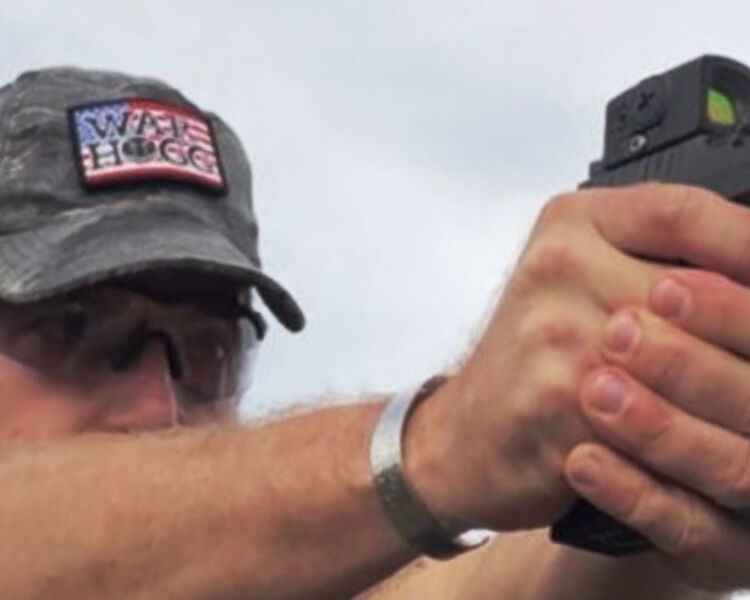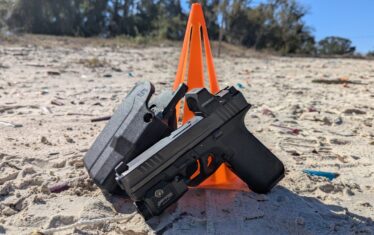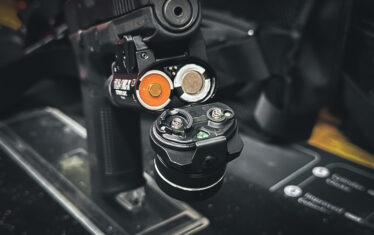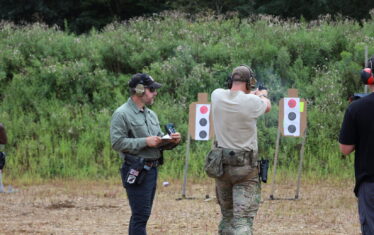Setting shooting goals and having a solid plan are key to building marksmanship skills, and we’ve got something new to keep you on track. Each month, we’ll bring you a skill-builder exercise, designed to be as indoor range-friendly as possible.
At War HOGG Tactical, our goal is to supplement your training and help you become more efficient and effective with your firearms.
How The Skill Builder Works
Shoot the new skill-builder exercise at the beginning of each month, then record your results in The Firearms Training Notebook. Use this data to shape your dry-fire training plan, and work on it throughout the month.
At month’s end, retest yourself with the skill-builder exercise to measure your progress.

Build Your Shooting Tribe
Surrounding yourself with like-minded shooters will help you push to make yourself better.
If you have friends, family, or co-workers that share your shooting passion, start building your “shooting tribe.” This way not only do you have your own accountability but also that of others to help you improve on your marksmanship journey. They can record your shooting, offer feedback, and it’s always good to have some fun competition to help you grow.
At War HOGG Tactical, our motton is “Be 1% Better Everyday!” To share your progress, join us on the On The Range (OTR) Patreon “CREW” page or the On The Range Podcast “CREW’ Facebook page.
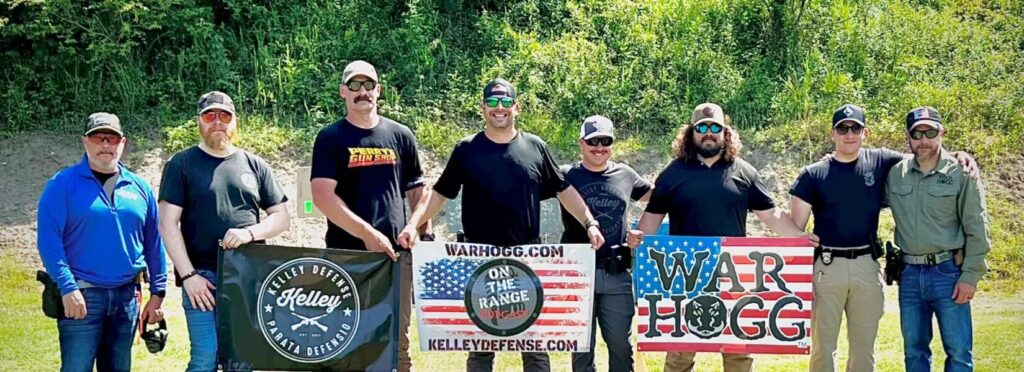
My co-host and co-author, Mark Kelley of Kelley Defense and I also hold bi-monthly Zoom calls with our Patreon “CREW” members. We break down each shooter’s skill-builder performance, and we have even reviewed video of “CREW’ members shooting during our zoom call and given immediate feedback on where we see they can improve their shooting skills.
This Month’s Skill Builder: The War HOGG Self Eval
November’s skill-builder is the War HOGG Self Eval, a “performance on demand” shooting exercise with no warmup — designed to give you an accurate read on your current marksmanship skills.
For pistols, set up at 5 yards/meters with a 4×6 index card in the upper right of the target and a 3×5 index card in the lower left, spaced about 18 inches apart. With two magazines loaded with six rounds each, start from the ready position.
On the timer’s beep, aim and fire three rounds at one card, three at the other. Conduct a speed magazine, then repeat the process. After completing the exercise, record your timer data in The Firearms Training Notebook.
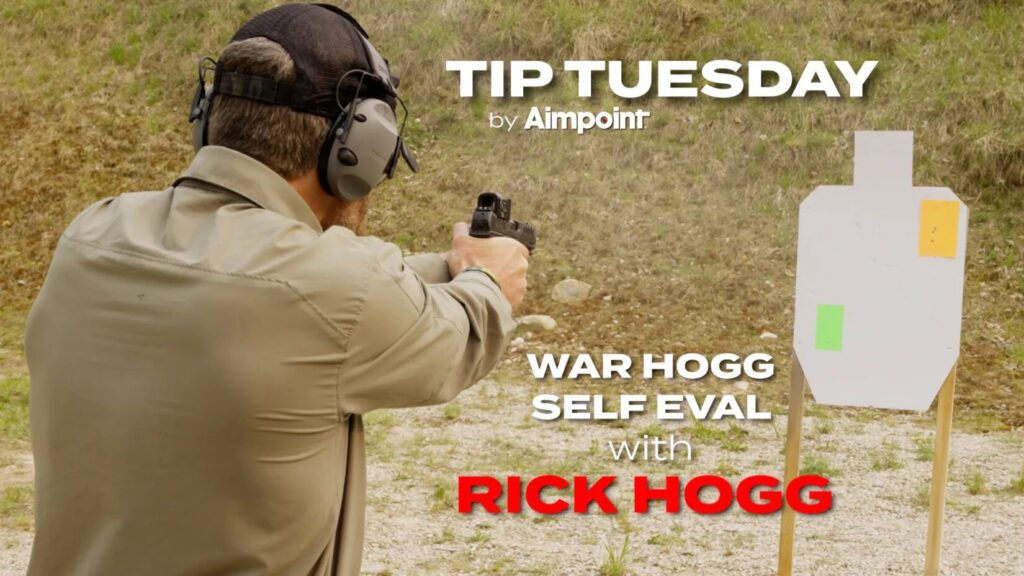
Equipment Needed
- Your standard range and firearms gear
- A live fire range and dry fire training area
- Shot timer (we recommend the PACT Club Timer III; click the link for tips on using it effectively in your training)
- The Firearms Training Notebook (available on Amazon)
- Recording device and tripod or holder
- 3×5 and 4×6 index cards
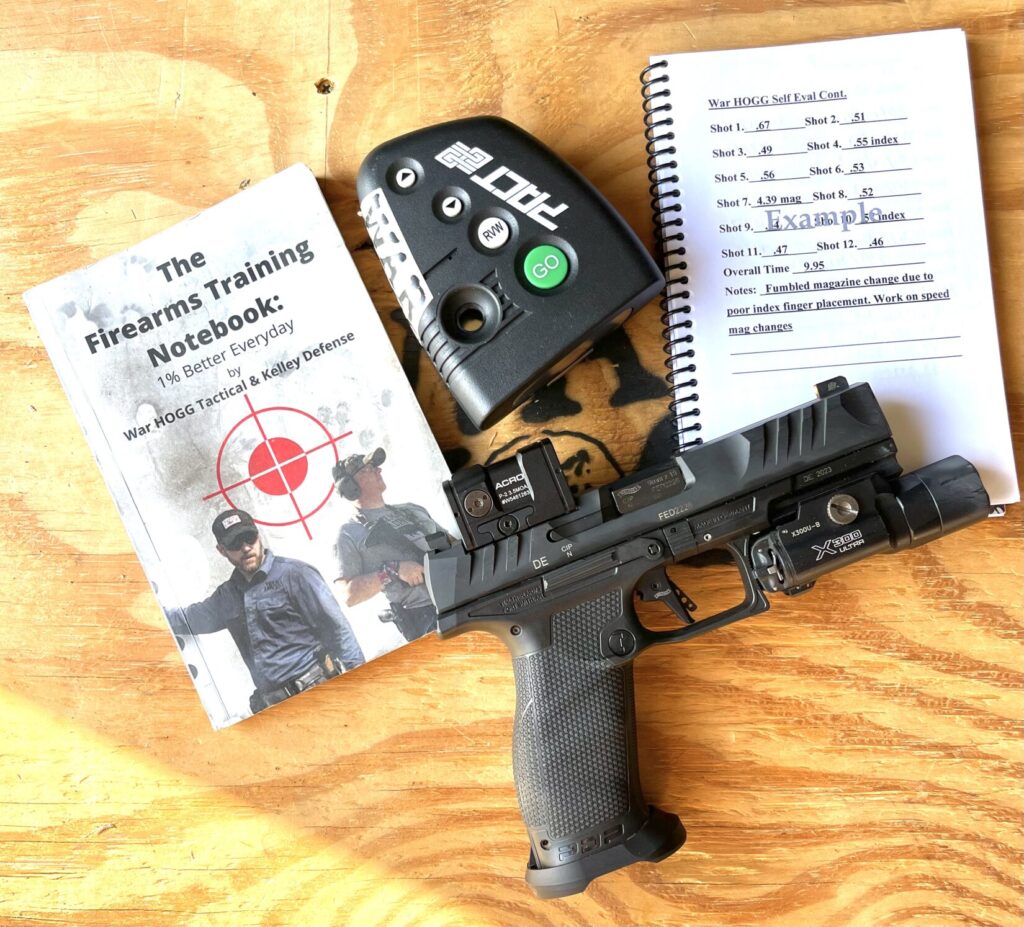
Variations
The War HOGG Self Eval can be modified in various ways to match your skill level and available firearms.
- Instead of starting from the ready position, you can add a draw from your holster — whether that’s outside the waistband, inside the waistband, a duty holster, or a combination of holster types.
- For carbine-only practice, the distance changes to 7 yards/meters.
- To practice transitions, start with the carbine, and during the speed magazine change, switch to your handgun to complete the last 6 rounds.
Check Your Work
Toward the end of the month, return to the range and reshoot the War HOGG Self Eval to check your progress. Some factors could impact your performance. If you experience a malfunction — such as a failure to fire or extract — consider reshooting the drill.
If you fumble your magazine change, complete the drill, record your data in The Firearms Training Notebook, and decide whether to reshoot. You still have 11 data points to compare, so all is not wasted.
Becoming 1% Better
Once you’ve shot the War HOGG Self Eval, review all 12 data points to identify areas where you can save the most time. Common areas for improvement include Shot 7, which covers your magazine change or carbine-to-pistol transition, and Shot 1, involving your pistol presentation, holster draw, or rifle low-ready position. With some dry-fire practice, these skills can often show marked improvement.
For dry fire, beginners often wonder about how often or how long to practice. If you’re just starting, aim for 3 days a week, spending 3-5 minutes per session. As you progress, increase the frequency and duration to make dry-fire training part of your daily routine. Always confirm your firearm is unloaded and keep live ammunition out of your training area.
To improve specific skills and develop my plan, I start by reverse planning. I write my goal time down in my Firearms Training Notebook. Then, I note the time it took me to accomplish that task — like pistol presentation or a magazine change. When setting a par time on my Club Timer, I add a quarter to half a second for practice. Then it’s time to check my progress, focusing on a clean trigger press and solid sight picture on my dry-fire target. The striker or hammer should fall just before the timer’s second beep.
Your Phone Is a Helpful Tool
A key piece of training equipment we all have but seldom use is our phones. I use mine to record both my live and dry fire sessions. It gives me a chance to see if I am being inefficient with the skill I am trying to develop.
I use a tripod with a phone mount and place the camera more right of left facing depending on what skill I am working on.
For magazine changes, I position the camera to capture the left side of my body since I’m a right-handed shooter. When drawing from the holster, I move the camera to my right side to monitor my technique with the Safariland 6360RDS level III retention holster while drawing my Walther PDP Pro equipped with an Aimpoint ACRO. (Use code warhogg1224 for savings on Aimpoint products.)

Conclusion: Put In The Work
To see improvement in your marksmanship skills you must put in the work. Establish a solid dry-fire training plan and use tools like The Firearms Training Notebook to record your progress. Incorporate additional resources, such as a shot timer and video recordings to take your dry fire training to the next level.
With consistent practice, you’ll notice increased performance in your live training sessions.
Train Hard, Stay Safe, and see you “On The Range” – Rick





